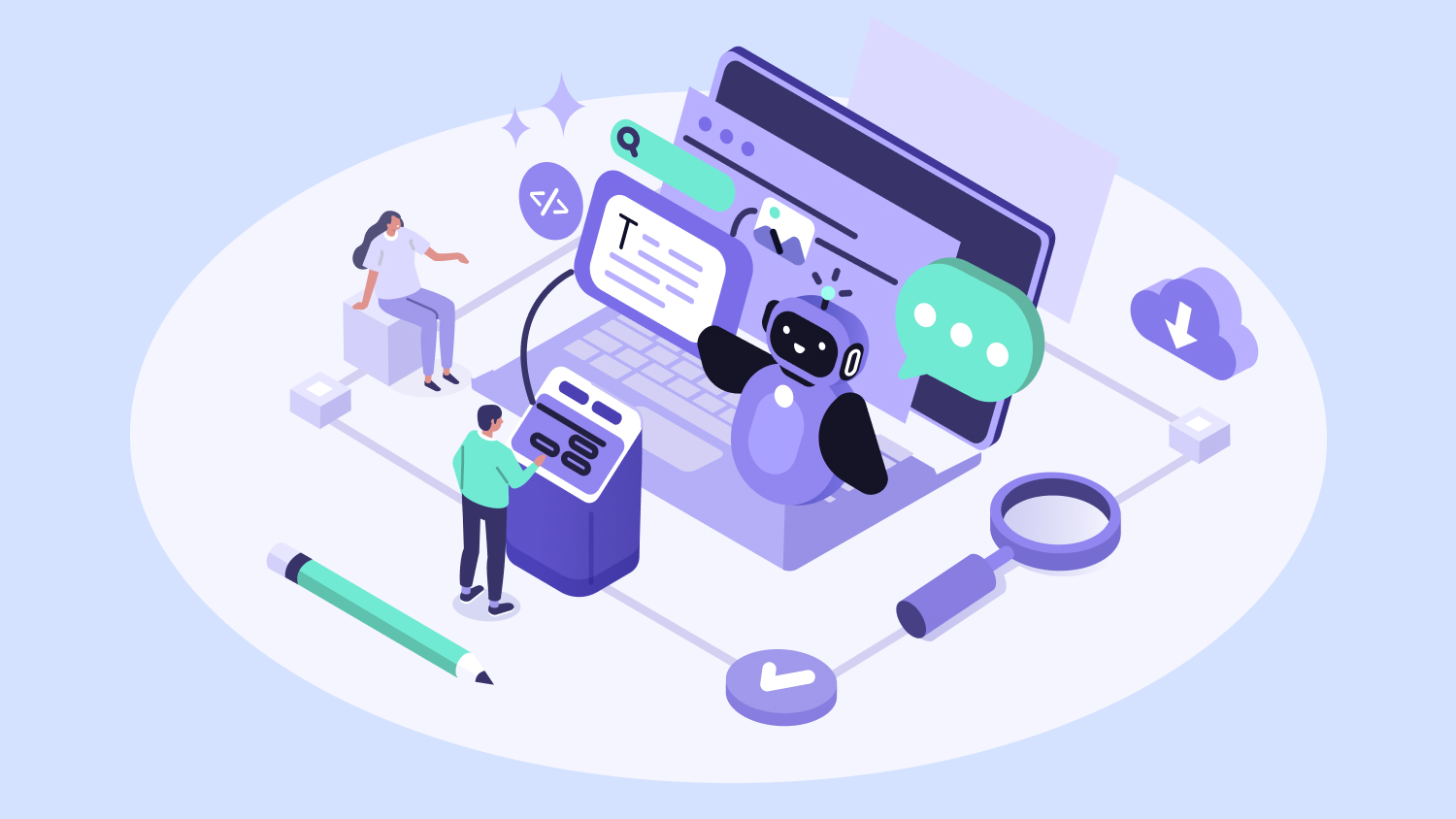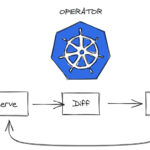In today’s fast-paced digital world, data has become the lifeblood of business growth. Every click, purchase, and interaction generates valuable insights. But the challenge is no longer collecting data — it’s making sense of it. Traditional analytics tools often struggle to keep up with the sheer volume and complexity of customer information.
That’s why AI-powered customer analytics is transforming the way organizations understand their audience. By applying machine learning, predictive modeling, and natural language processing, businesses can now uncover hidden patterns, forecast behavior, and make smarter decisions in real time.
Instead of guessing what customers want, companies can anticipate needs, personalize experiences, and drive long-term loyalty.
Why AI-Driven Analytics Matters
Smarter Decision-Making
AI goes beyond static reports. It analyzes historical, real-time, and predictive data simultaneously — giving decision-makers clear insights without manual number-crunching.
Personalization at Scale
Consumers expect brands to know their preferences. AI analytics makes this possible by segmenting audiences dynamically and tailoring offers, content, and recommendations instantly.
Faster Insights, Faster Action
In competitive markets, timing is everything. AI analytics tools generate insights in seconds, allowing businesses to act before opportunities fade.
Turning Data Into Strategy
Where traditional dashboards often overwhelm managers with information, AI translates data into actionable strategies — highlighting what matters most for growth.
Core Components of AI-Powered Customer Analytics
- Predictive Modeling: Forecasts customer behavior, such as churn risk or purchase intent.
- Natural Language Processing (NLP): Analyzes reviews, surveys, and social media for sentiment.
- Dynamic Segmentation: Groups customers based on behavior, interests, and life cycle stage.
- Real-Time Dashboards: Visualizes live data for immediate decision-making.
- Recommendation Engines: Suggests products, services, or actions tailored to each customer.
- Anomaly Detection: Flags unusual patterns such as fraudulent activity or sudden market shifts.
Practical Applications Across Industries
E-Commerce
- Personalized product recommendations.
- Real-time pricing optimization.
- Identifying top-performing marketing channels.
Finance
- Fraud detection and prevention.
- Predicting loan repayment risks.
- Offering tailored investment advice.
Healthcare
- Monitoring patient satisfaction through feedback analysis.
- Identifying patterns in appointment no-shows.
- Forecasting demand for services.
Hospitality
- Tracking guest preferences to personalize stays.
- Optimizing room rates dynamically.
- Identifying high-value customer segments for loyalty programs.
Best Practices for Success
- Start Small, Scale Later: Focus first on a specific use case, such as churn prediction.
- Ensure Data Quality: AI insights are only as good as the data feeding them.
- Blend Human Judgment: Use AI to guide decisions, not replace them entirely.
- Prioritize Privacy: Follow regulations like GDPR to maintain customer trust.
- Keep Models Updated: Continuously retrain AI systems with fresh data.
Pitfalls to Avoid
- Over-Reliance on AI: Human oversight remains critical for ethical and strategic decisions.
- Ignoring Edge Cases: Outliers in data may reveal valuable opportunities.
- Data Silos: Without integration, analytics lose their full potential.
- Neglecting Transparency: Customers deserve to know how their data is being used.
Success Stories
- An online retailer increased sales by 28% using AI-driven personalized recommendations.
- A bank reduced fraudulent transactions by 40% through real-time anomaly detection.
- A travel company boosted loyalty program sign-ups by 35% after analyzing customer preferences with AI.
The Role of TeleWizard AI
With advanced customer analytics features, TeleWizard AI enables organizations to make sense of complex data streams. From predictive dashboards to automated insights, it empowers decision-makers to act faster and smarter. By turning raw data into meaningful actions, businesses can stay ahead of competitors and build stronger customer relationships.
The Future of Customer Analytics
By 2025 and beyond, AI analytics will grow even more powerful with:
- Proactive Insights: Systems that alert businesses before problems arise.
- Emotion Recognition: AI interpreting tone and expressions for deeper customer understanding.
- Cross-Channel Intelligence: Integrating offline and online data into a single customer view.
- Self-Optimizing Models: AI that learns and improves continuously without human intervention.
Conclusion
In an age where data overload is the norm, AI-powered customer analytics brings clarity. By transforming raw information into predictive, actionable insights, businesses can personalize experiences, increase efficiency, and build stronger connections with their audience.
For organizations looking to future-proof their strategy, the path is clear: embrace AI analytics today to lead the markets of tomorrow.








